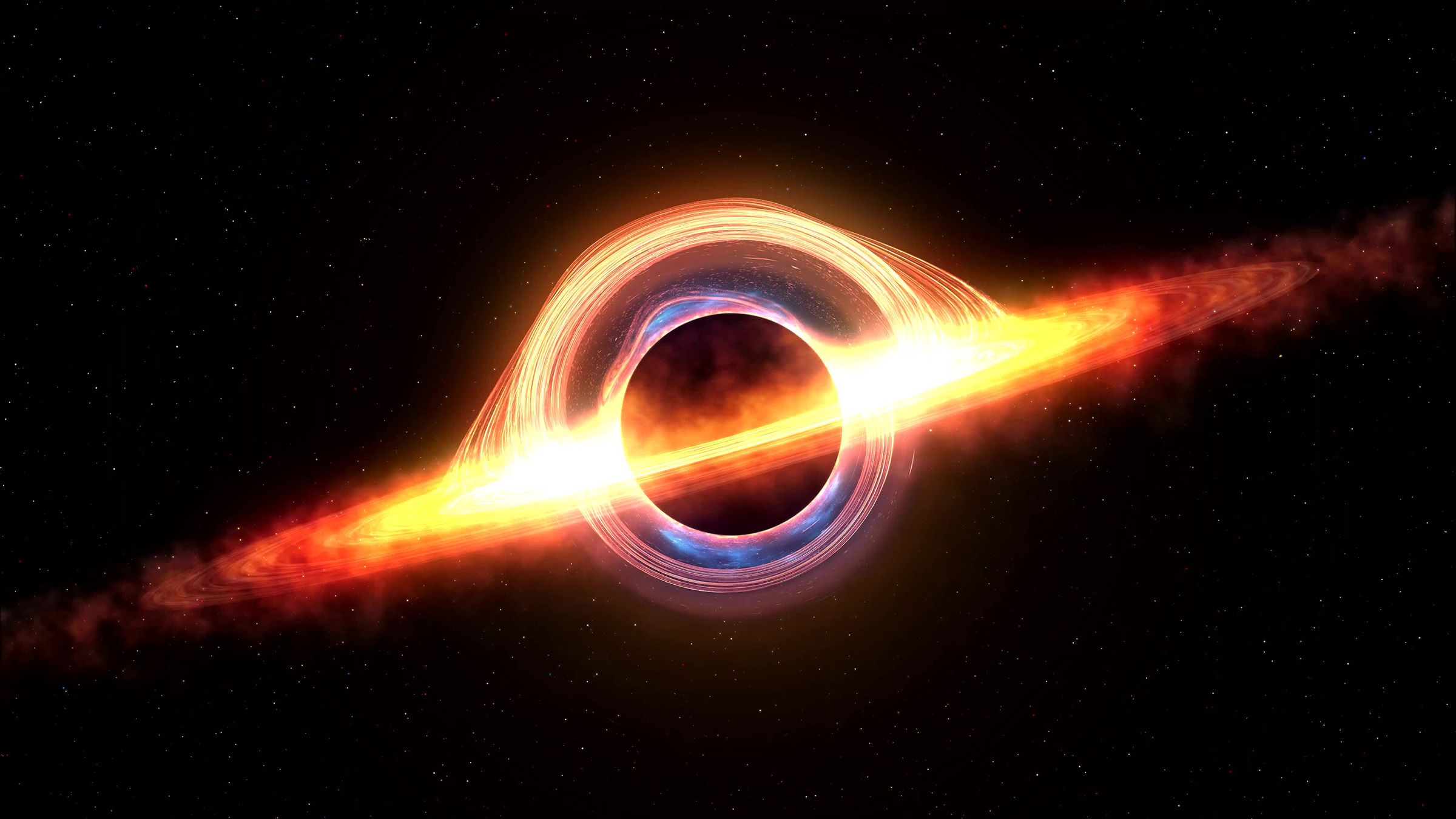Scientists created a lab-grown black hole that began glowing after simulating an event horizon to test a Stephen Hawking theory.
A group of scientists created an analog for the black hole in a laboratory by analyzing the properties of the Hawking radiation.
Scientists have simulated a black hole in a laboratory before. However, a team of physicists, led by Lotte Mertens of the University of Amsterdam in the Netherlands, has conducted a new experiment.
The experiment allowed them to see a glow in their simulated event horizon under certain conditions in a laboratory.
What a black hole and event horizon is
Black holes are astronomical massive objects so incredibly dense that within a certain distance of their center of mass, no velocity in the universe can escape—not even light, speed, or matter.

That center of mass is called the event horizon, and what happens beyond that exists solely in theory. Some suggestions are that these may be wormholes with shortcuts to distant regions of the universe.
In 1974, Stephen Hawking argued that a type of radiation similar to thermal radiation is formed as a release from interruptions to quantum fluctuations caused by the event horizon.
However, the Hawking radiation is most likely far too faint to be detected from Earth, and it is likely much too challenging to detect it or sift it out—assuming that it even exists.

How the lab-grown black hole was simulated
Scientists allowed electrons to skip from one position to the other by creating a one-dimensional chain of atoms.
Certain properties were permitted to disappear, effectively birthing a kind of even horizon which interfered with the wave-like nature of the electrons.
This produced a rise in temperature, as theoretically expected of a black hole, and it mimicked a spacetime that could be considered flat under certain simulations.
Particles were created by disturbances in quantum fluctuations caused by the black hole’s tearing of spacetime. The Hawking radiation then manifested itself as a visible glow.
Black hole simulation allows for better understanding of universe
Science Alert reported this suggests that the Hawking radiation might be thermal within a range of situations for a certain range of hop amplitudes. This is especially likely the case when there is a change in the warp of space-time due to gravity.
The researchers said that because it is so simple, it can be put to work in a wide range of experimental set-ups.
“This can open a venue for exploring fundamental quantum-mechanical aspects alongside gravity and curved spacetimes in various condensed matter settings,” the researchers write.
Fake black hole might confirm Stephen Hawking’s theory
Published in Physical Review Research, the study suggests the entanglement of particles on the event horizon creates the Hawking radiation.
The physicists’ replica has brought the science community closer to fulfilling Stephen Hawking’s enthusiasm in conclusively unifying two irreconcilable theories that could, therefore, be applied universally.
The general theory of relativity describes the behavior of gravity as a continuous field known as spacetime, and quantum mechanics describes the behavior of discrete particles using the mathematics of probability.
Scientists believe black holes may help bridge between these two theories with utterly different principles from those in the visible world—but only to a limited degree.





